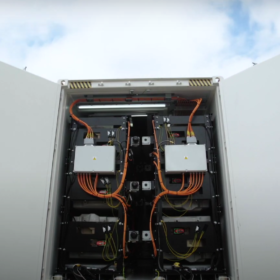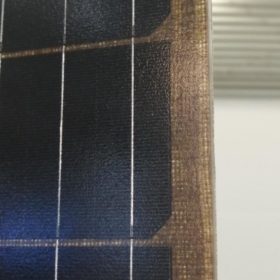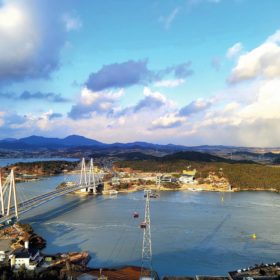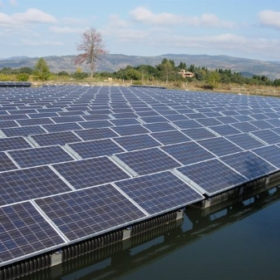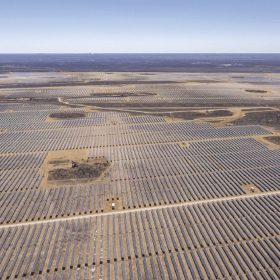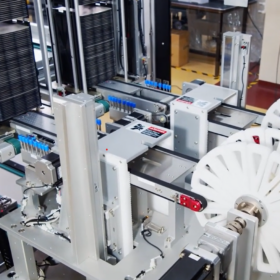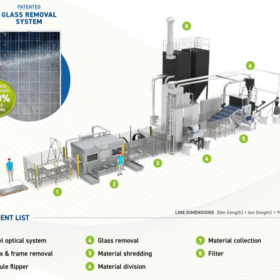Hinduja Group invests in UK second-life battery storage specialist
Hinduja Group, an Indian multinational, has invested GBP 15 million (($18.4 million) with four other investors in Connected Energy, a developer of energy storage systems based on second-life electric vehicle batteries. The investment will help Connected Energy to scale up its operations and move into utility-scale project development.
Solar panels based on biosourced materials
French solar energy institute INES has developed new PV modules with thermoplastics and natural fibers sourced in Europe, such as flax and basalt. The scientists aim to reduce the environmental footprint and weight of solar panels, while improving recycling.
The long read: Clear winds of renewables change
After a decade of under-delivering on its potential, there are changes afoot in Southeast Asia’s renewable energy development, says Assaad W. Razzouk, the CEO of Singapore-based developer Gurin Energy. Razzouk points to success stories in the region and notes that political will and clear regulations for developers are needed.
Maharashtra launches 105 MW floating solar tender
Solar developers have until July 15 to lodge their interest in developing 105 MW of grid-connected floating solar at the Erai dam in Chandrapur district.
Gujarat tenders 500 MW of renewables with storage
The selected developers shall set up grid-connected solar, wind or hybrid wind-solar projects on a ‘build-own-operate’ basis along with required energy storage systems for assured peak power supply. Bidding closes on July 30.
Battery metals: How quickly can supply ramp up?
A couple of weeks ago, Goldman Sachs sent shockwaves through battery metals markets, issuing a prediction that cobalt and lithium in particular were due for a sharp price decline in the next two years. But London-based Benchmark Mineral Intelligence is loudly pushing back, outlining its reasons why it believes the call on lithium was wrong. Meanwhile, US analyst Wood Mackenzie says that the battery raw material chain will remain tight, but notes that recycling could help to ease the supply deficit.
Hydrogen combustion tech for residential water heaters
Japan’s Rinnai has unveiled what it claims is the world’s first 100% hydrogen combustion technology for residential water heaters. It is currently using the hydrogen water heater in demonstration projects in Australia, prior to commercialization.
Used Audi e-tron batteries to power rickshaws in India
Battery startup Nunam is working with German carmaker Audi AG and the Audi Environmental Foundation to roll out electric rickshaws powered by used Audi e-tron used batteries. It expects to launch the e-rickshaws in India at some point early next year.
Replus to switch on 1 GWh lithium battery plant by March 2023
Hiren Pravin Shah, the executive director and CEO of Replus, told pv magazine that the company aims to scale its lithium battery factory in Pune to 5 GWh by 2025-26. It also plans to recycle end-of-life batteries.
NHPC signs 600 MW solar EPC contract with Adani Infra
NHPC has awarded an engineering, procurement and construction contract to Adani Infra for 600 MW of solar. The capacity is part of 1 GW of grid-connected solar projects won by NHPC under the third tranche of the Central Public Sector Undertaking Program (Phase-II).
